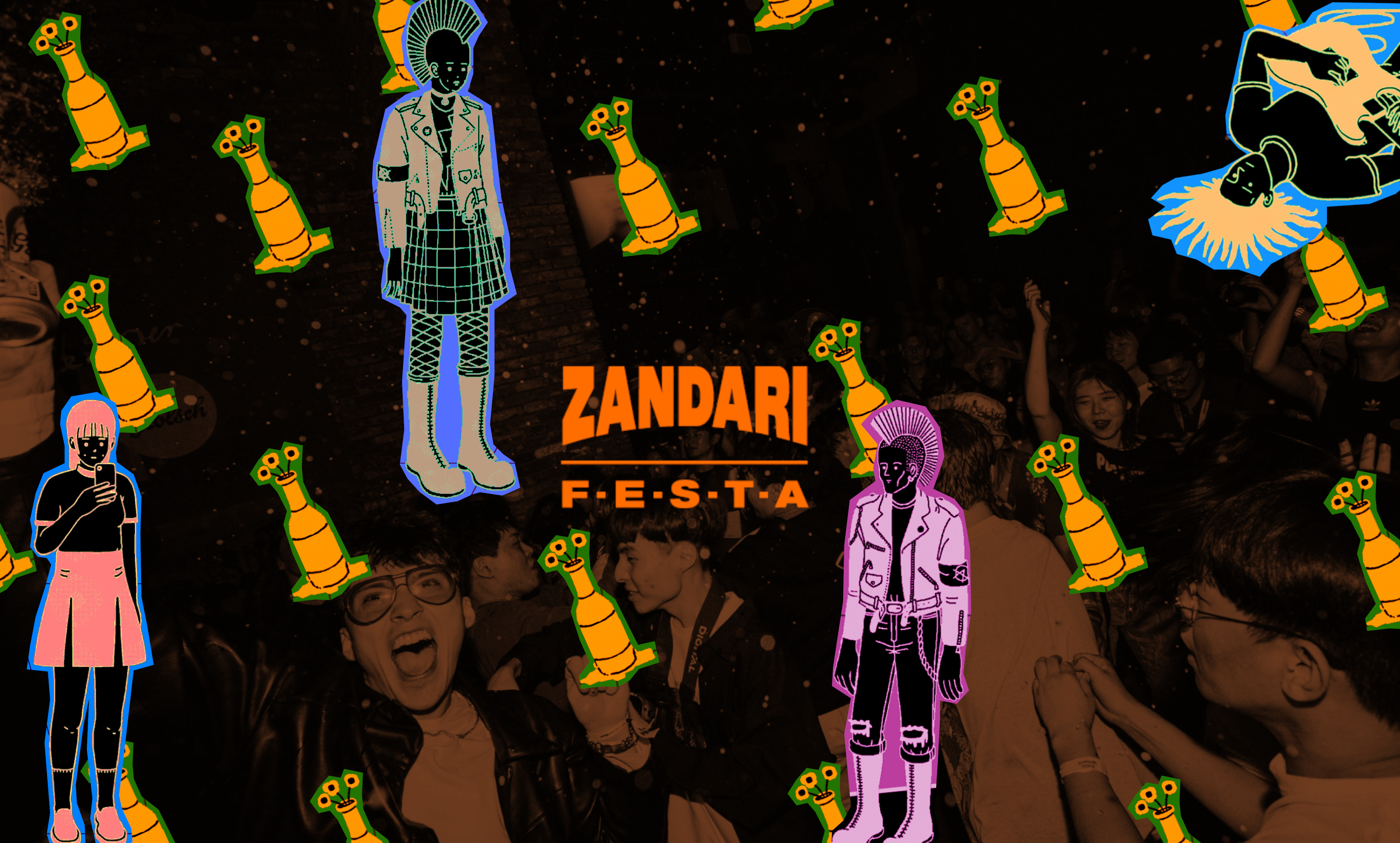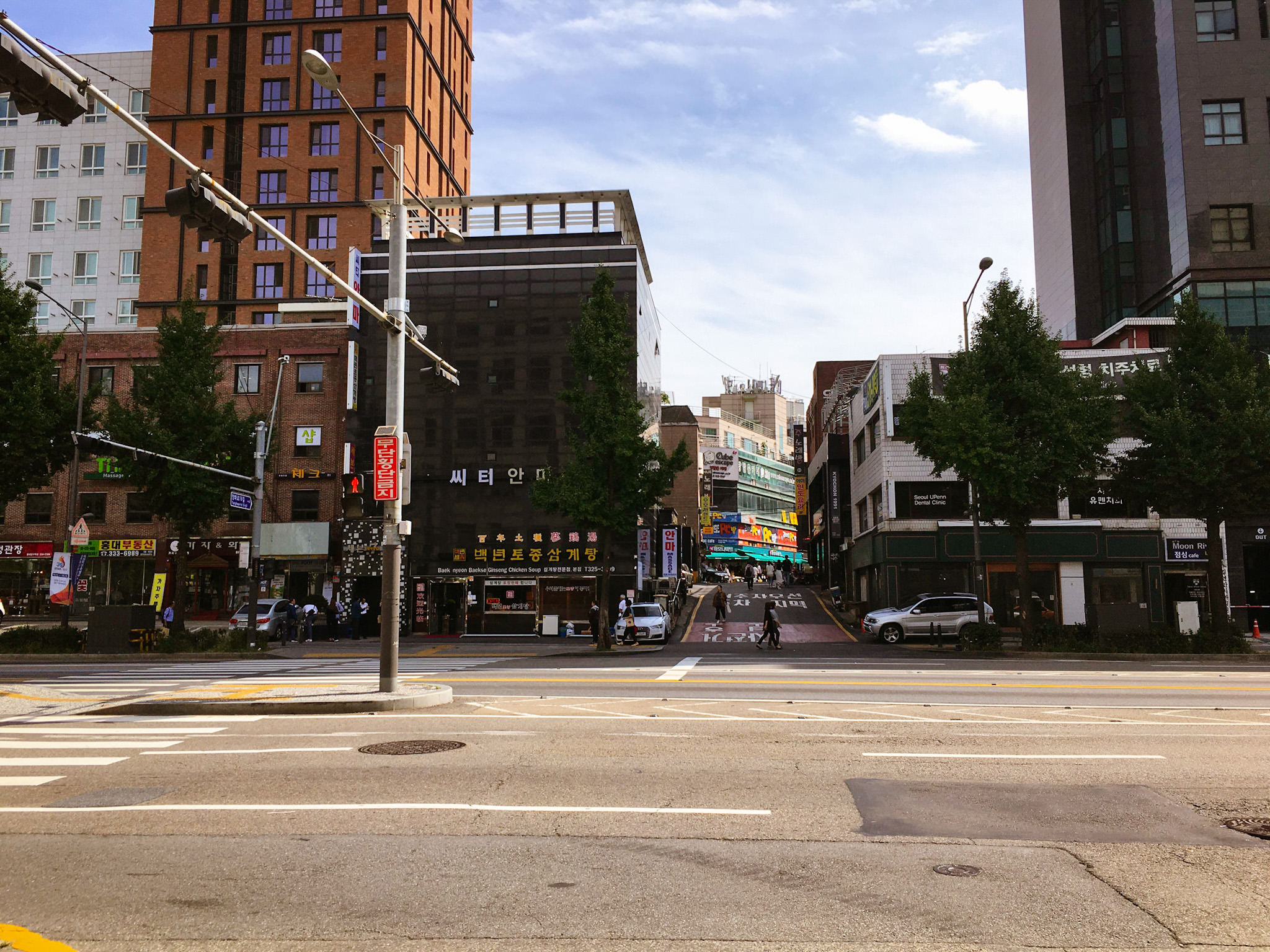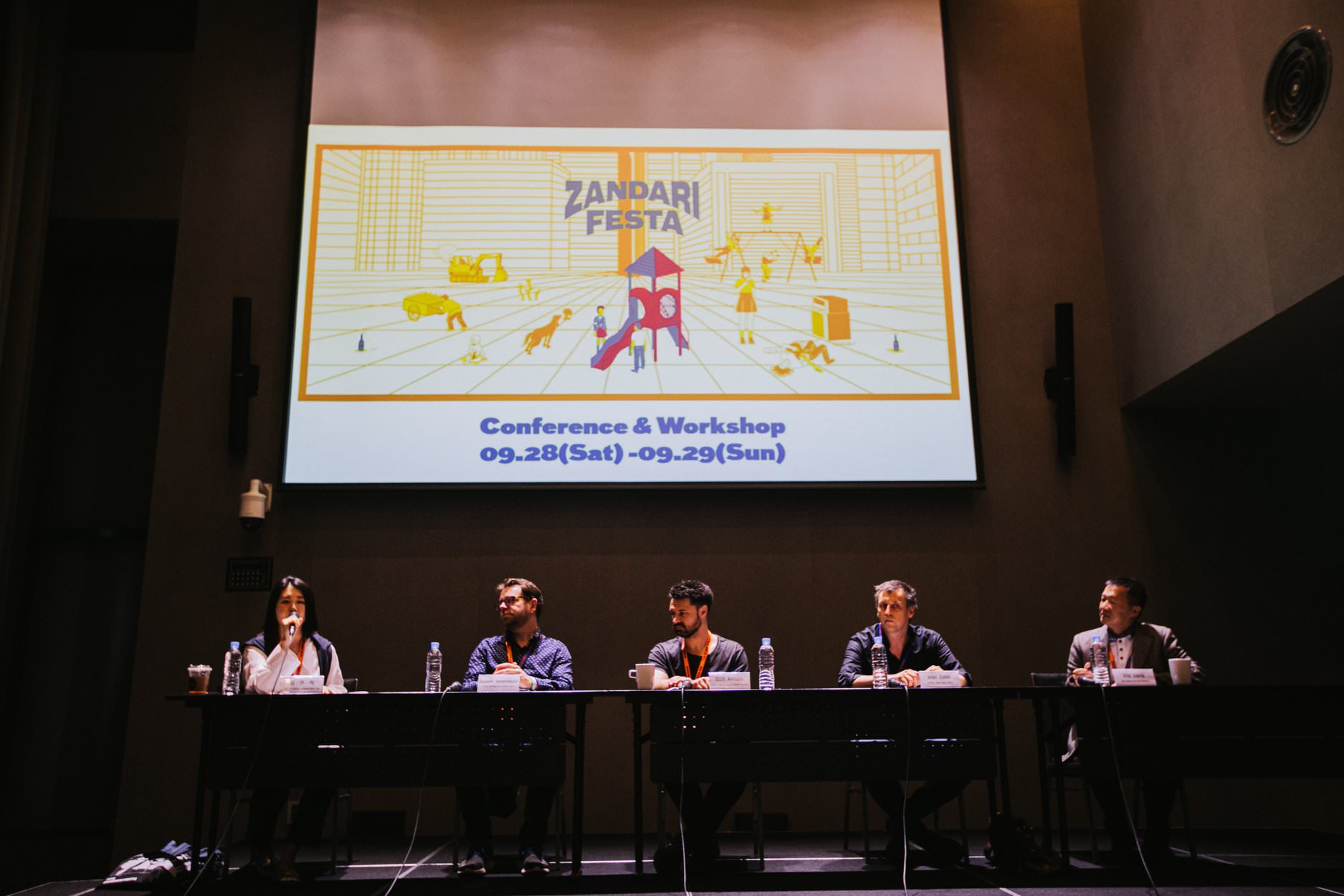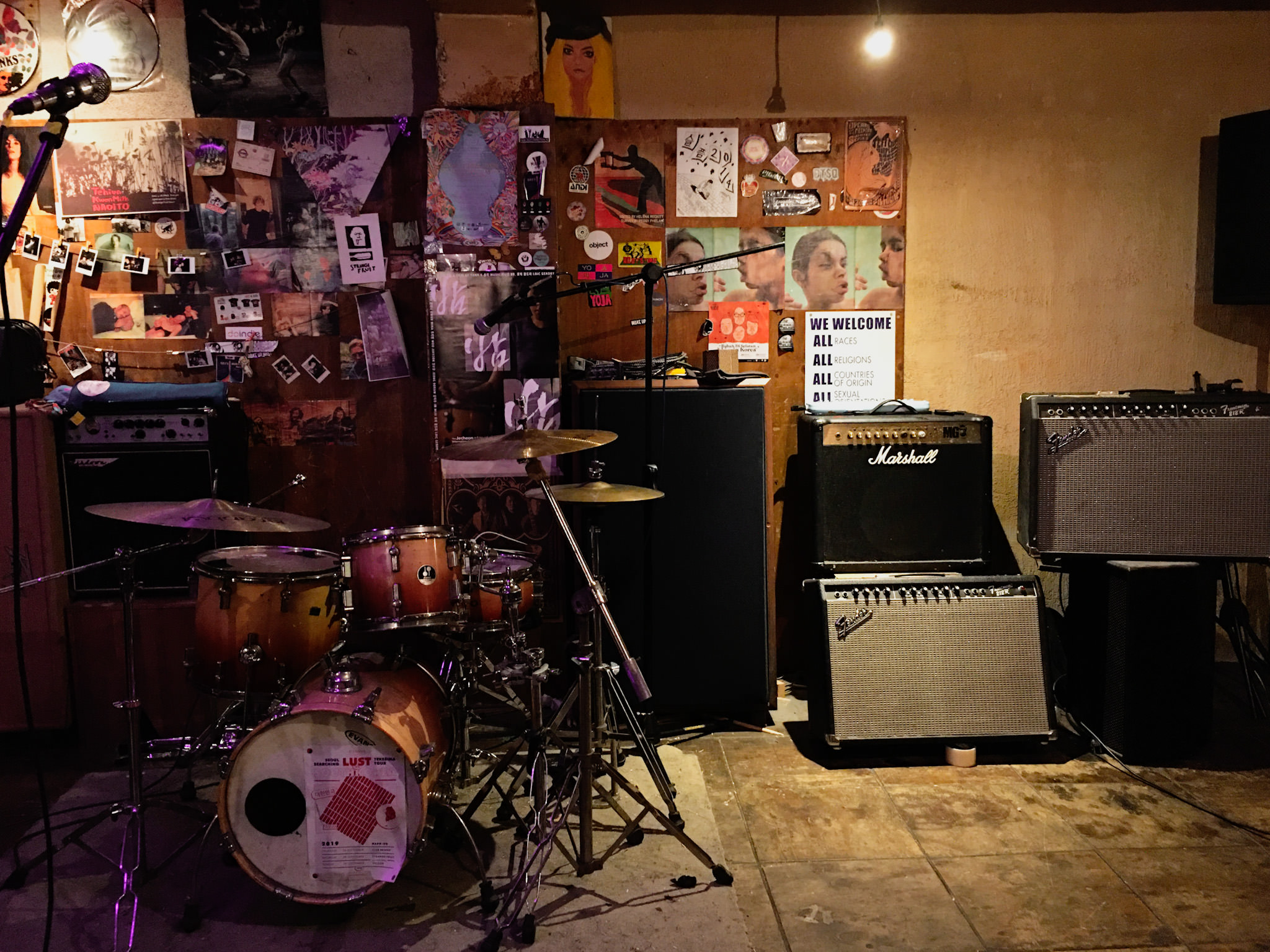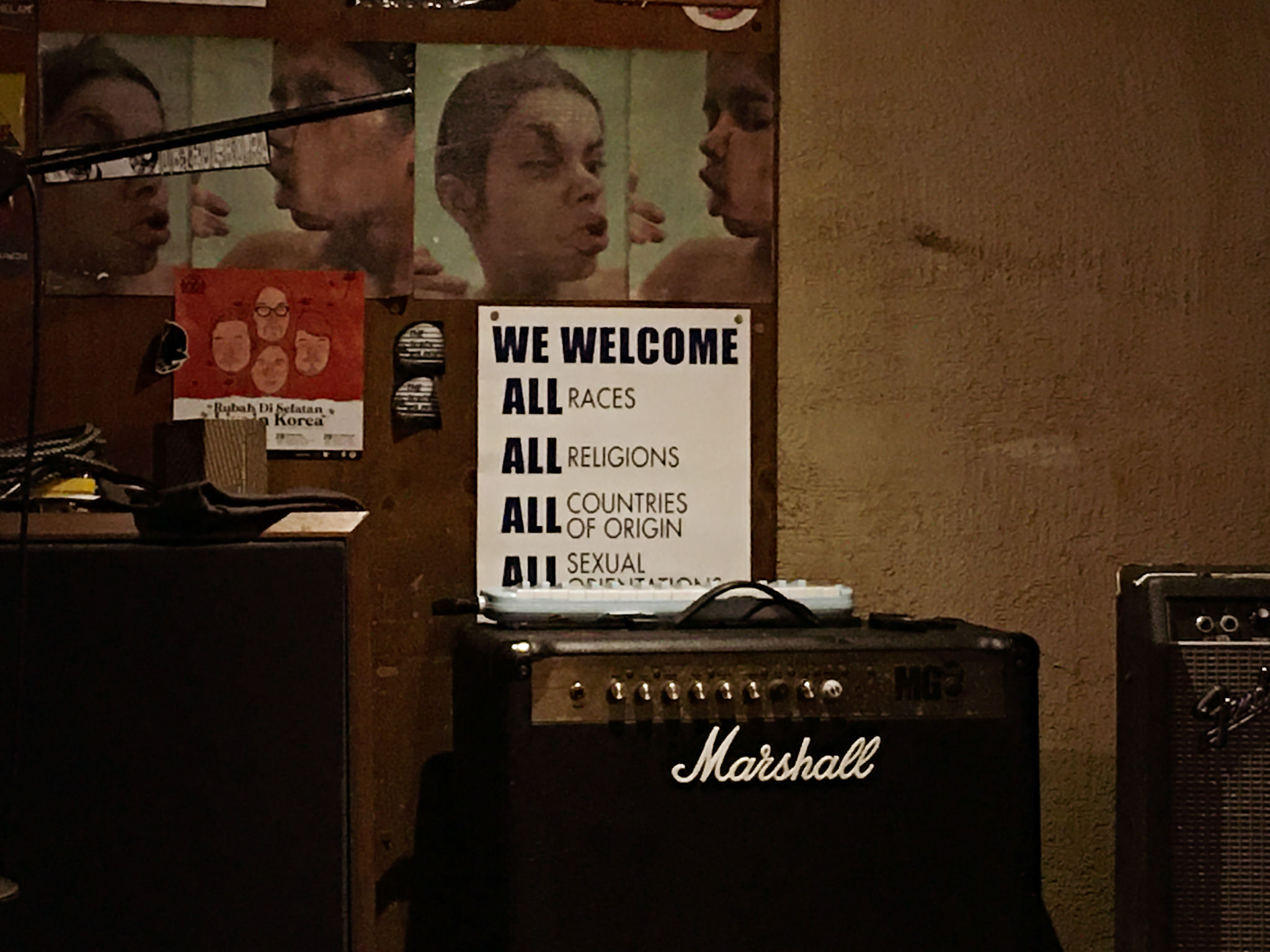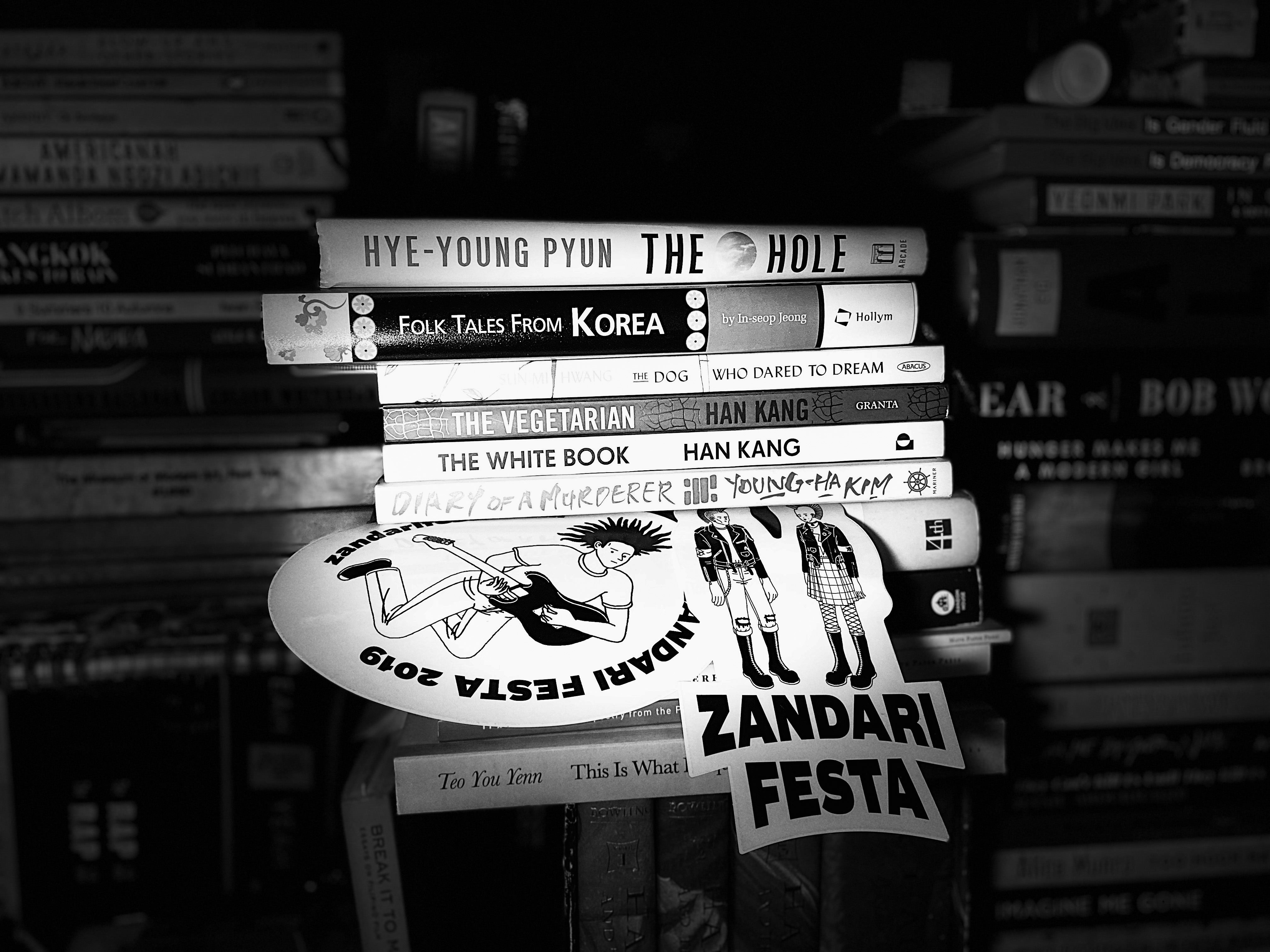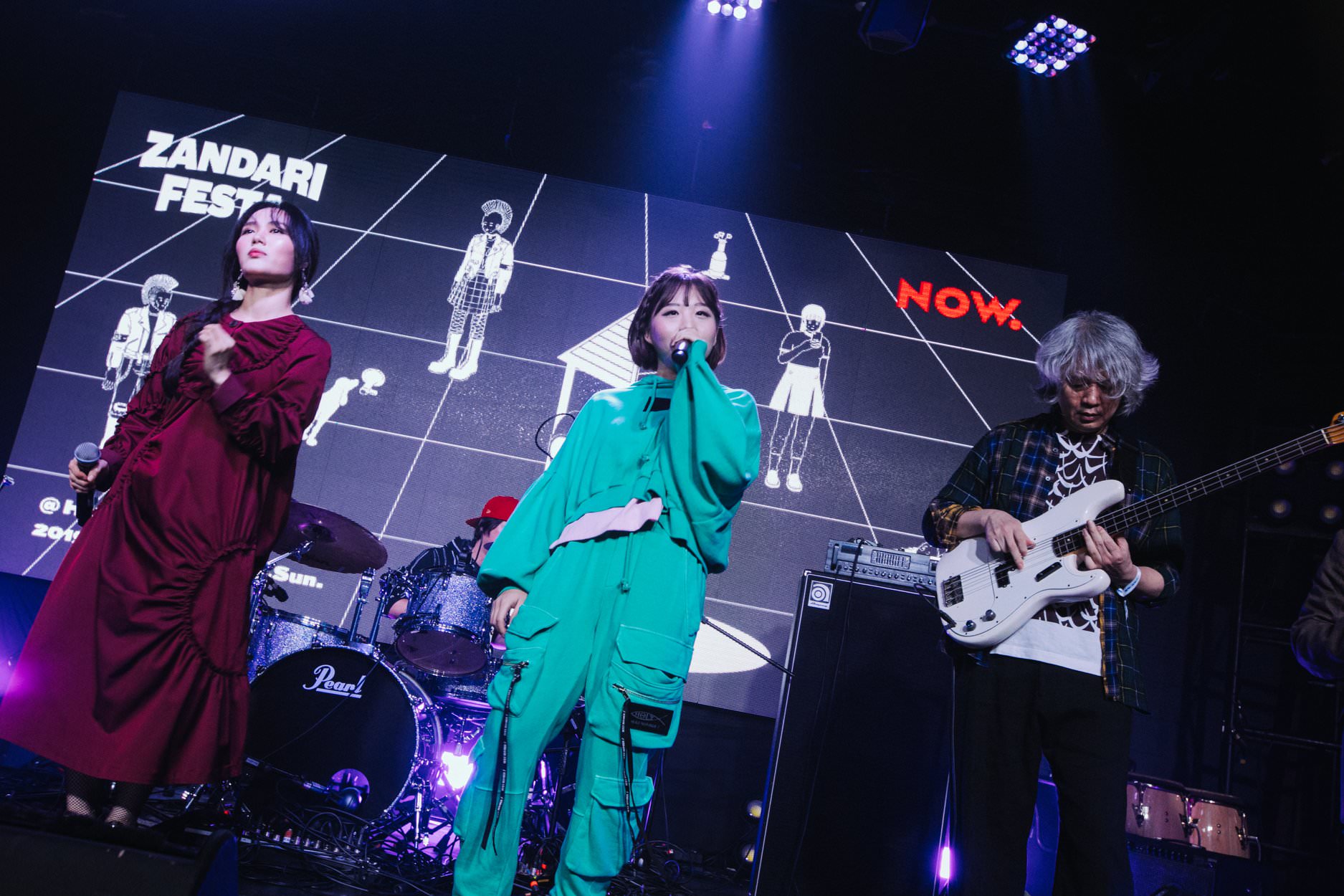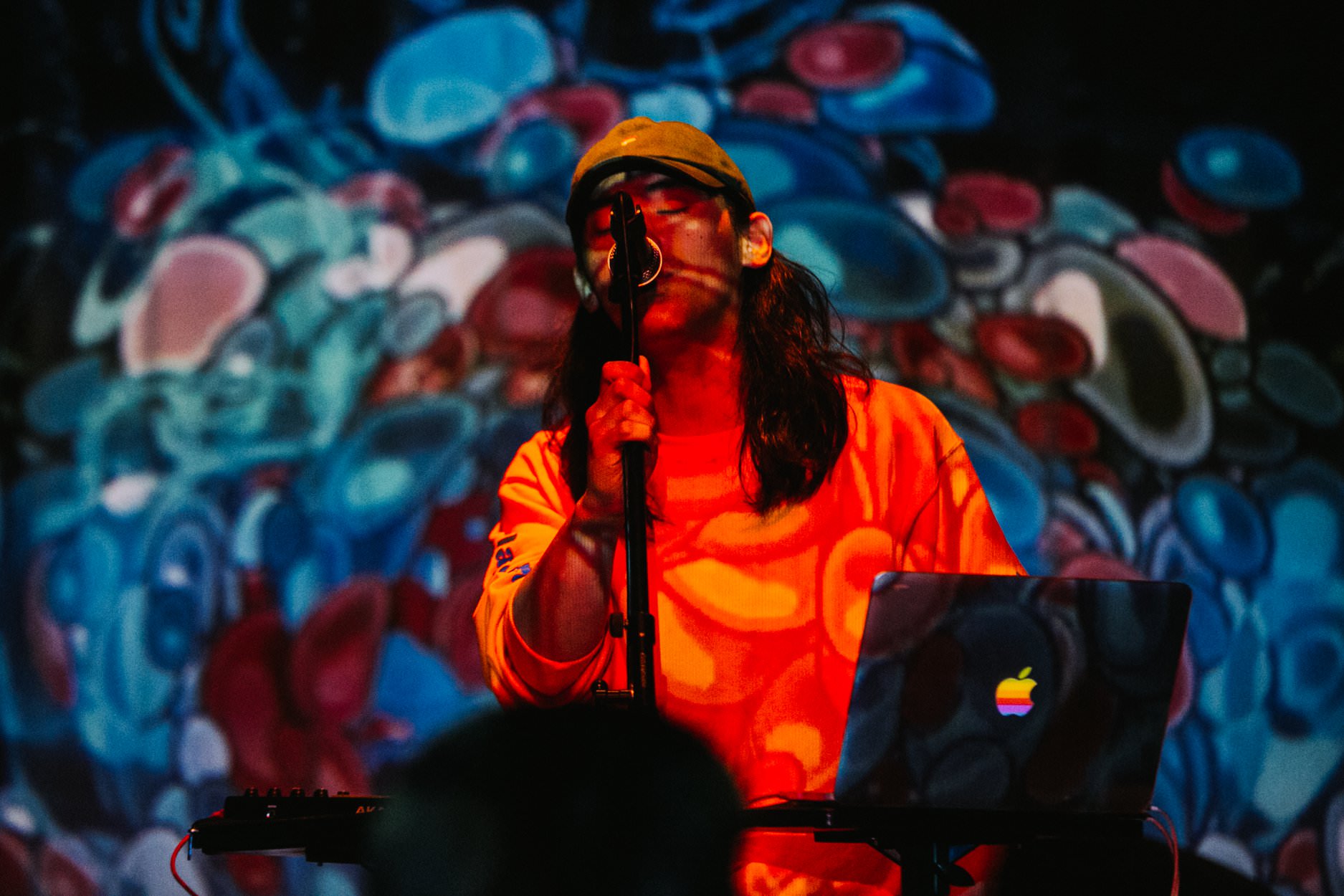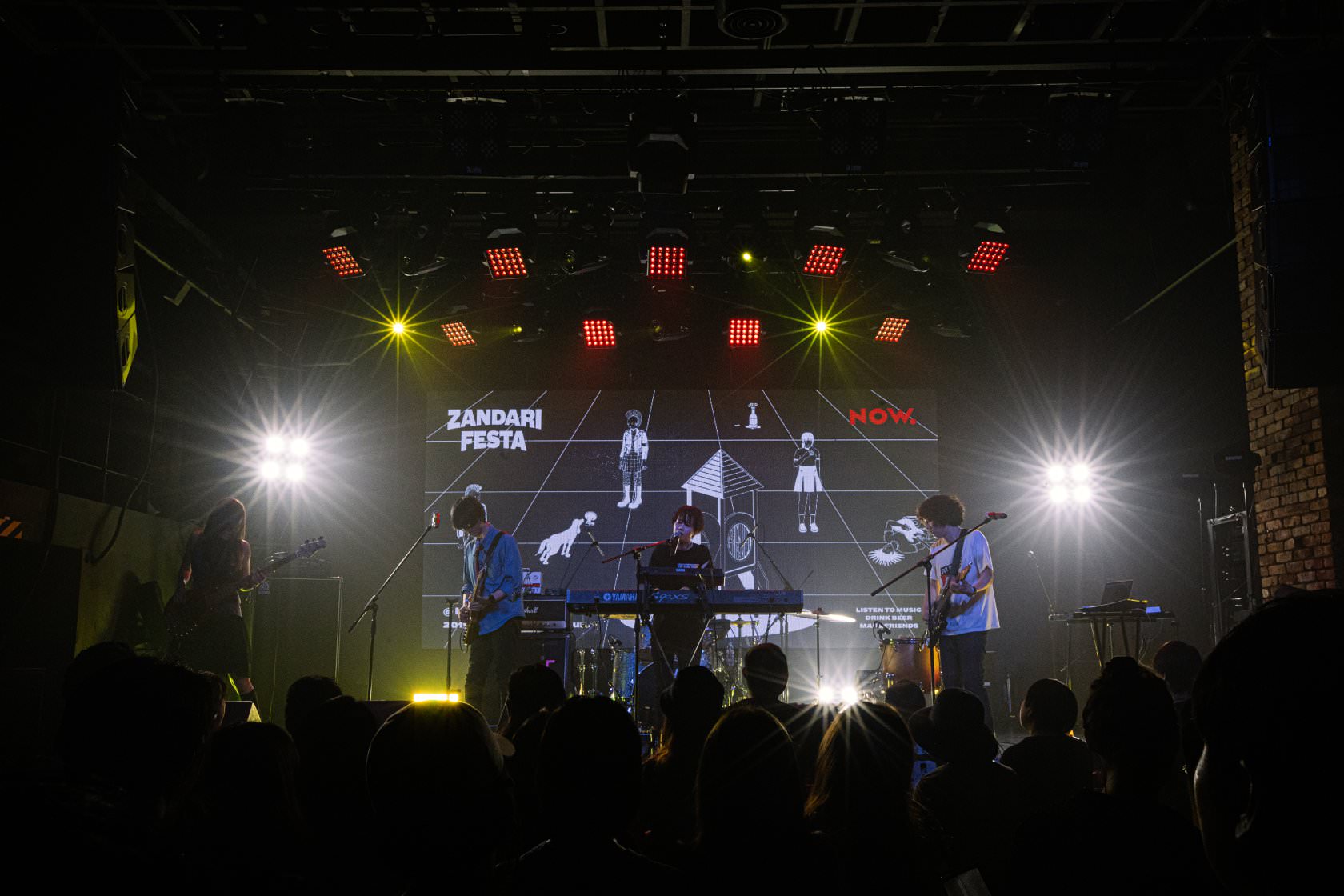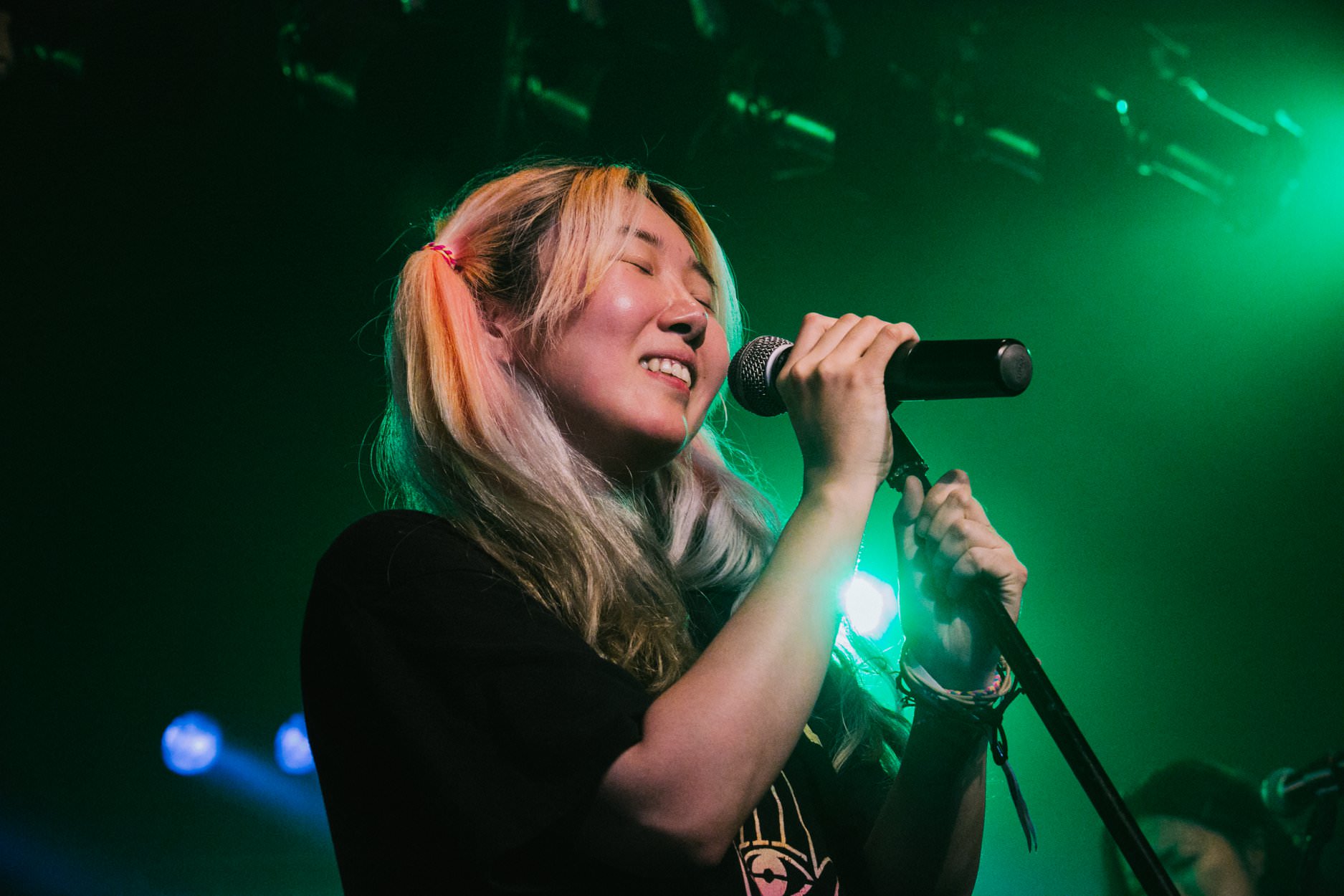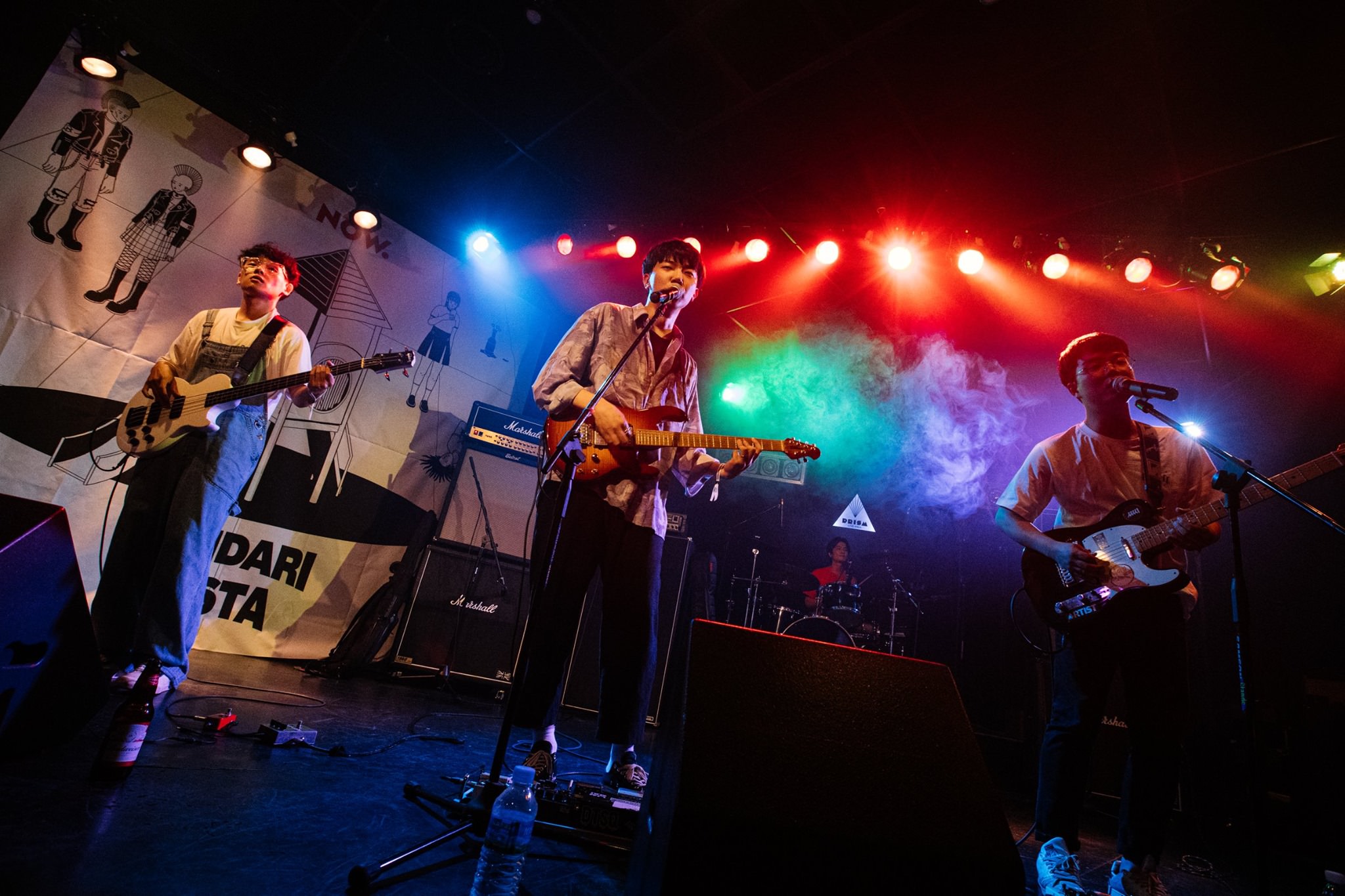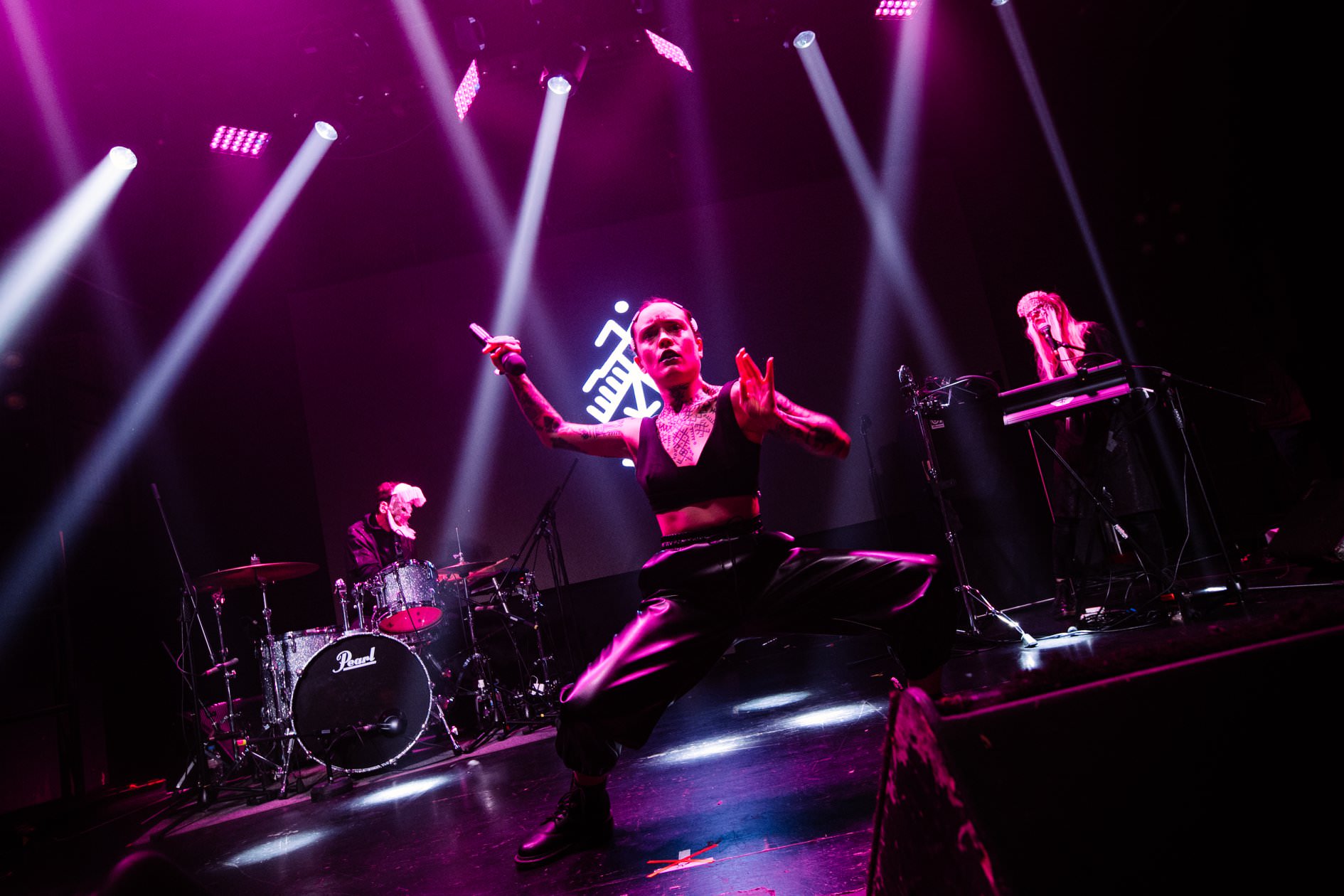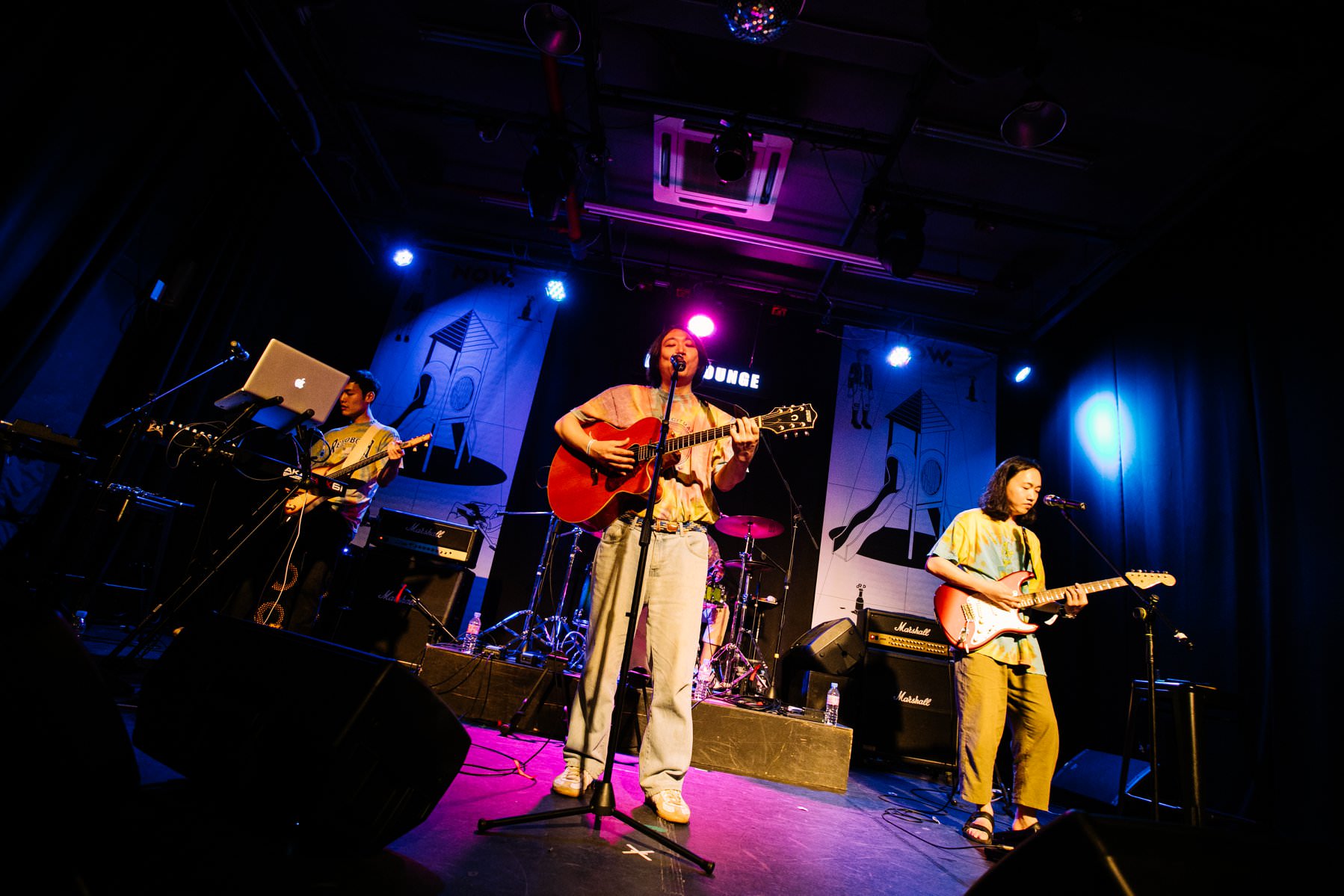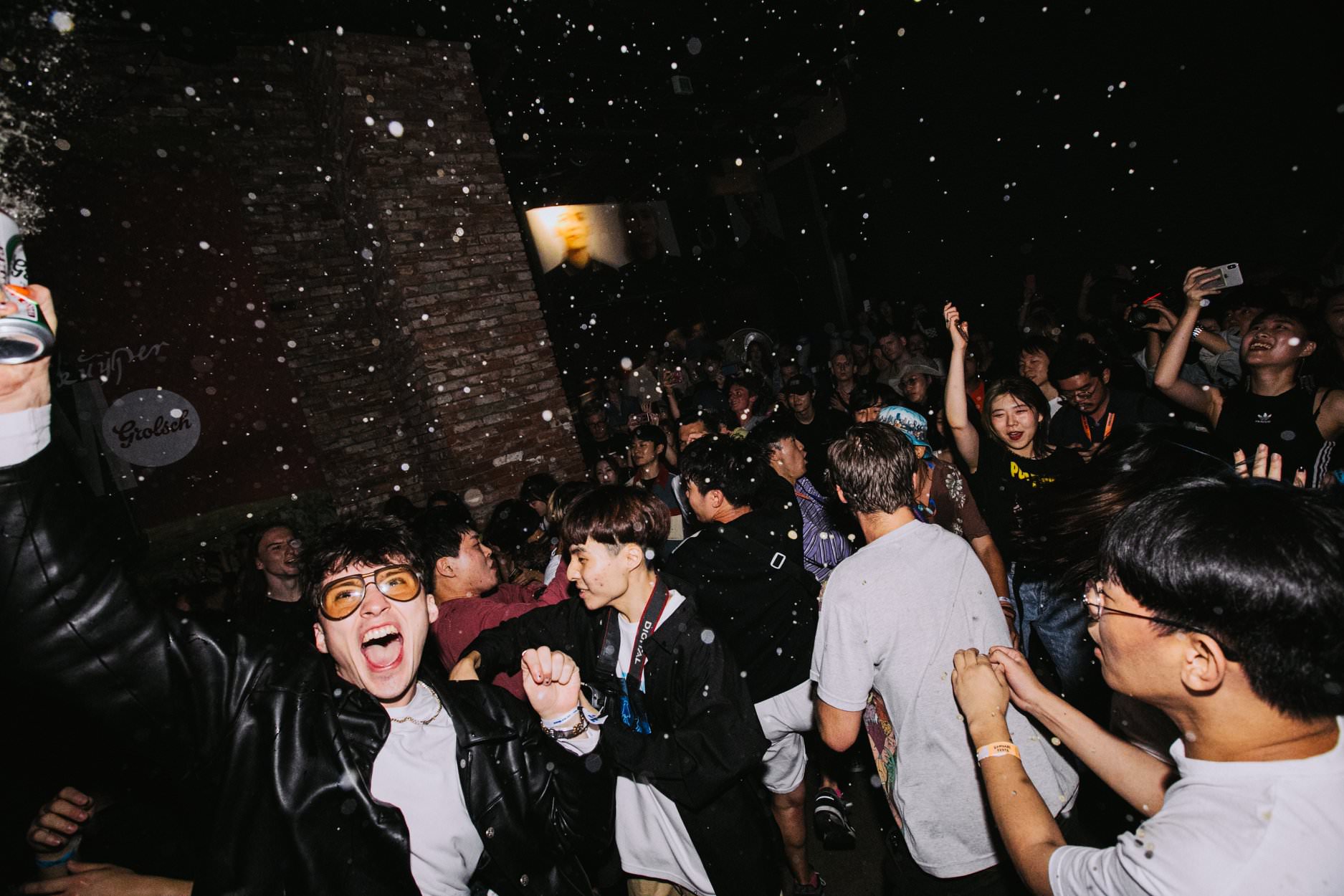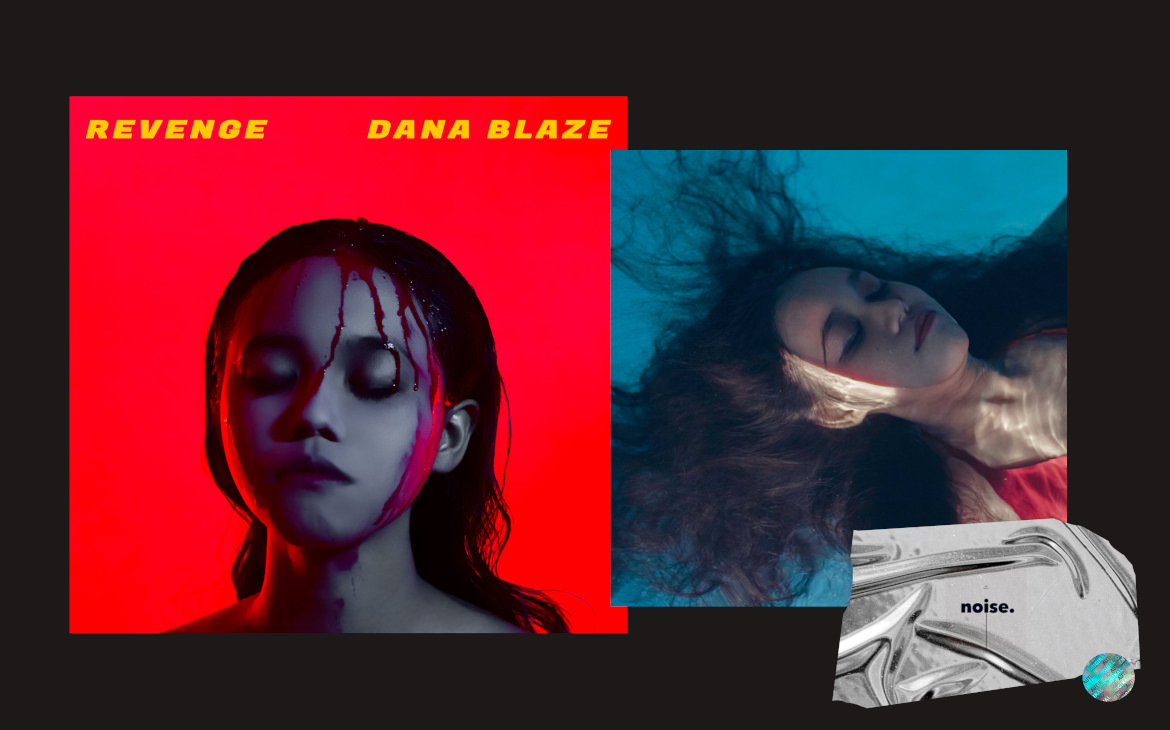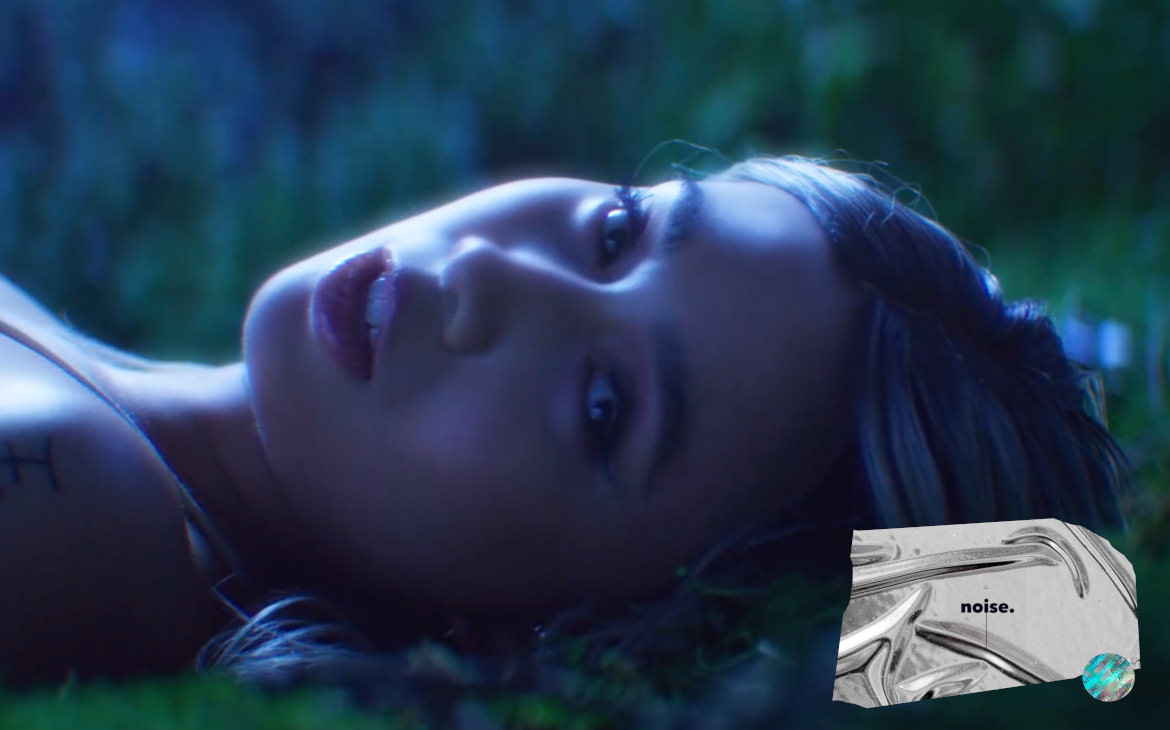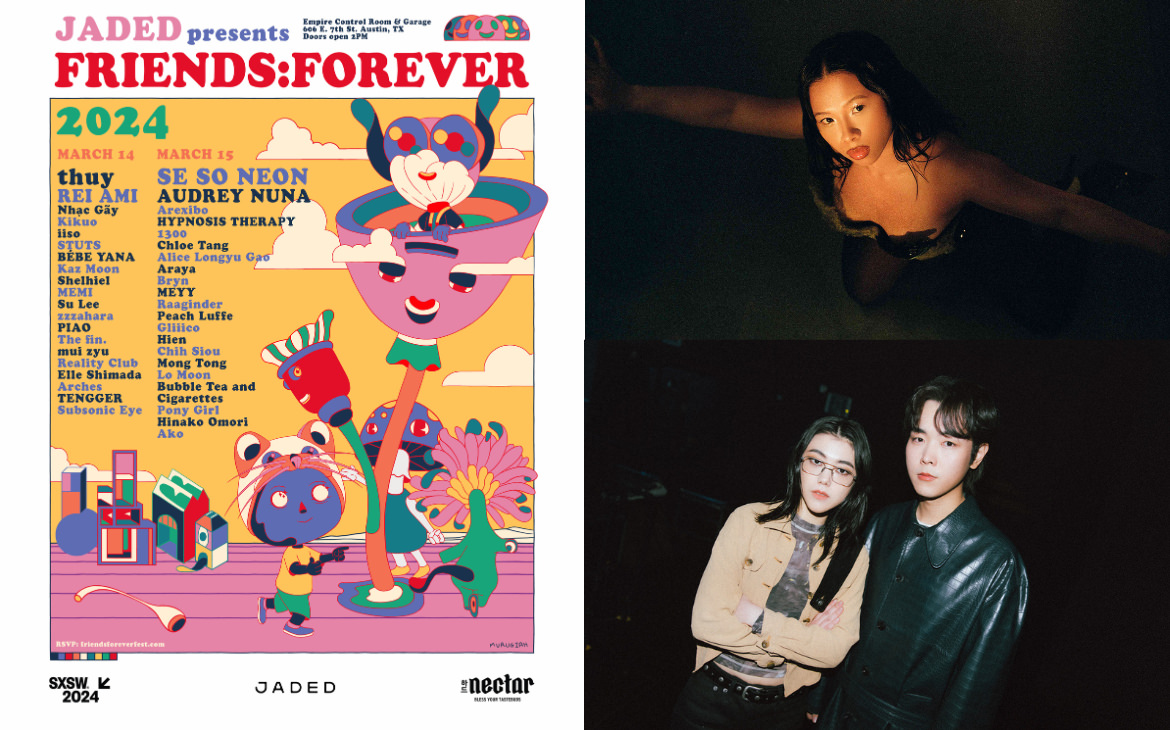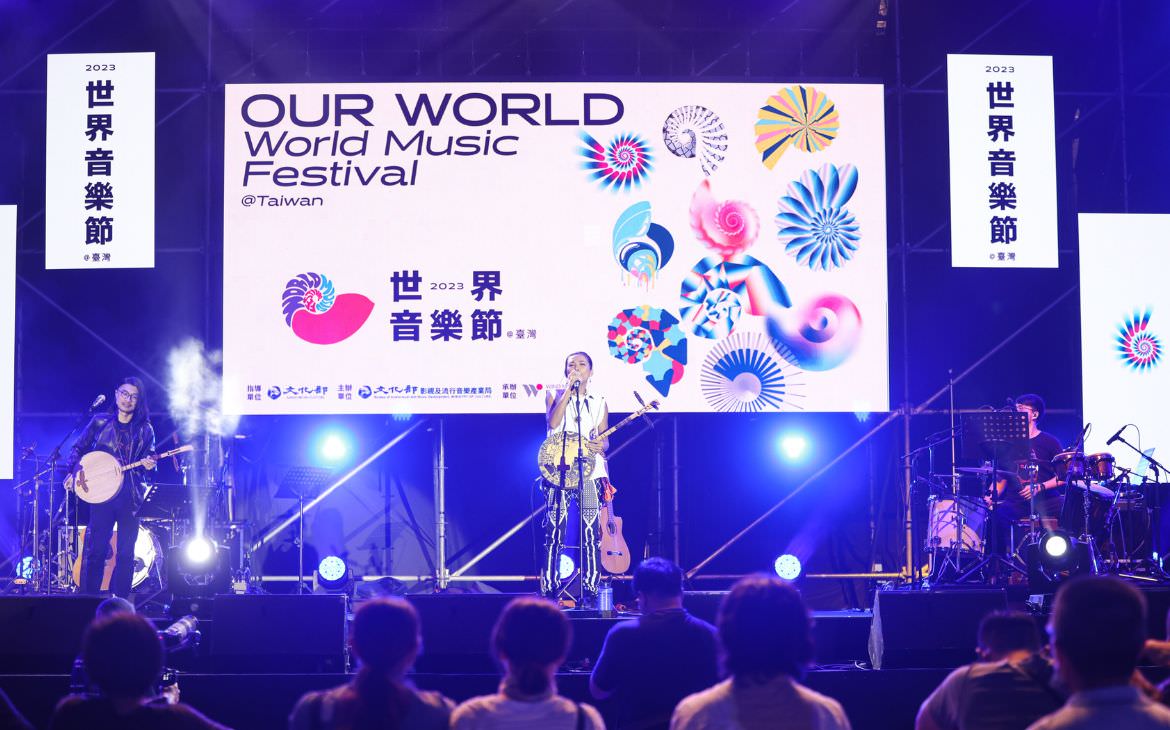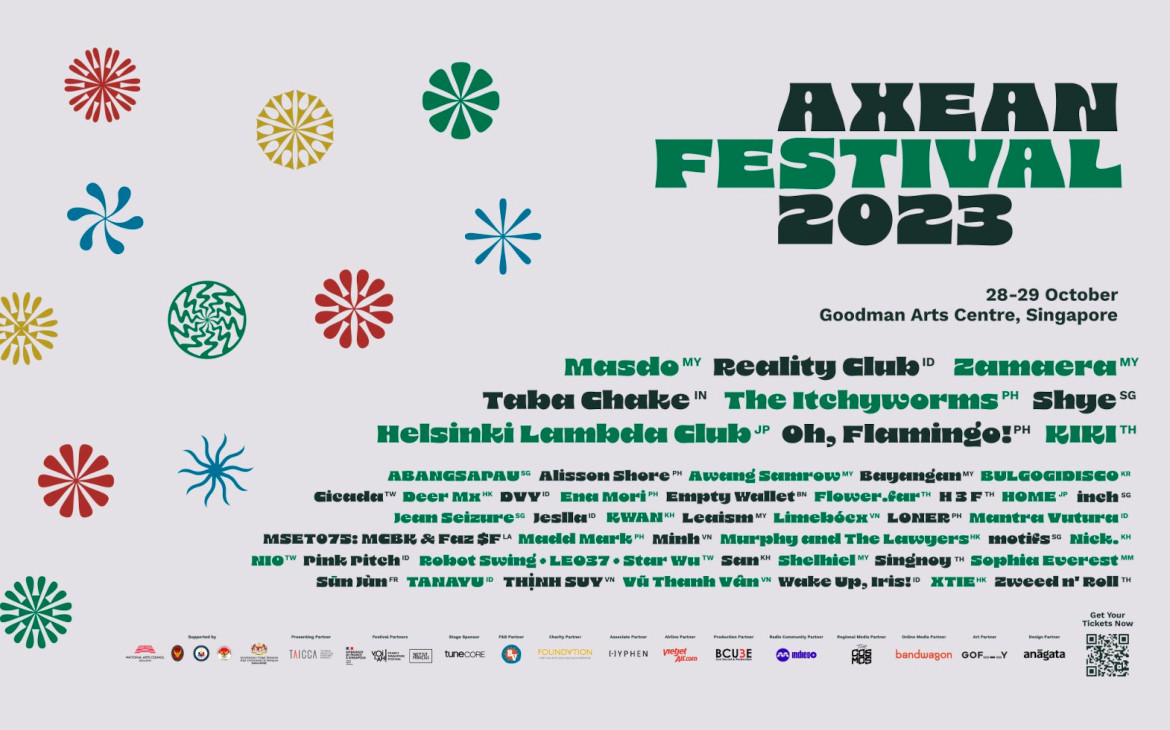BY MC GALANG
HEADER IMAGE DESIGNED BY MC GALANG, PHOTOS COURTESY OF ZANDARI FESTA
This is a part of our ongoing feature series documenting music showcases and conferences around the world.
Here’s the thing: I don’t like beer, but I found myself outside one of the pocket venues scattered in Mapo-gu district in Seoul, where one of the 110+ music acts from around the world are playing, exchanging stories and business cards with strangers-turned-friends, crushing a cup of beer—yes—and never for once, finding myself bored and alone in a new city.
This is the core of South Korea’s premier indie music festival, Zandari Festa, beckoning music fans (from the artists themselves to delegates to gig goers) to listen to music, drink beer, and make friends. Now on its 9th year, Zandari Festa has become the country’s number one stop to explore independent music from different corners of the globe in one weekend every fall season (September or October).
‘Zandari’ is the former name of 서교동 Seogyo-dong (a neighborhood in 마포구 Mapo-gu), which means “little bridge” in Korean. This represents the festival’s earnest efforts to connect its participants to one another through various programs, including its official showcase, where artists accepted via a selection process performs in front of a global audience; special stages curated by select countries each year; conference and workshop with international music industry professionals; and partner-hosted networking events. Last year’s edition was held on September 26 to 29.
In the Philippines, the music showcase festival concept is a novel idea, compared to headline festivals we’re used to. One of my fellow delegates, Fungjai and Bangkok Music City’s Py Muenprasertdee, said it best during his participation at All of the Noise 2019’s Music Talks panel: to paraphrase, “Headline festivals are for the audience; showcase festivals are for the artists.” In our own experience curating both types of events, headline festivals cater to a targeted audience (although for us, we still do our best to curate a lineup that’s more well-rounded), while showcases allow artists, especially those who are unsigned/independent, to appeal to a diverse audience, most of whom may not have heard of them before. The audience are not just listeners, but your potential promoter, booking agent, distributor, manager, publicist, artist label, etc. A case in point: Zandari has been staging its own official showcases featuring South Korean artists at partner international music festivals like SXSW in Austin, Texas.
Moreover, aside from introducing yourself to new listeners and growing your global reach, Zandari Festa’s conference and workshop programs go beyond live music shows by aiming to educate and introduce festival participants to multi-cultural music experiences and communities. Last year, they introduced the ‘Music Teen-dustry’ workshop, which allows younger Korean music fans to explore the ins and outs of the music industry and integrate themselves in the community. I shared The Rest Is Noise’s work at the “Attention to Creativity: World Festivals with Creative Concepts and Curation” panel with Mathieu Fonsy of Dour Festival in Belgium, Kukuh Rizal Arfiando of Sun Eater in Indonesia, Maud Salvi of Sled Island in Canada, and Maggie Collins of Bigsound in Australia.
Clara Benin was the sole Filipino performer at Zandari Festa 2019
Zandari’s expansive showcase programming features genre-bending and defying music (which is also the core of The Rest Is Noise’s music curation). This gives musicians a coveted opportunity that may otherwise not be available to them. As my co-founder Ian Urrutia puts it, showcase festivals are the best place for artists who are “not afraid to disrupt trends and welcome outsider ideas that may not sit well with Spotify playlist programmers or even big festival curators.” Since Zandari, I have become a fan of South Korea’s AdiosAudio, Bosudong Cooler, CADEJO, dabda, DTSQ, Ego Function Error, and Goonam; Japan’s omnisight; Thailand’s Pyra; Indonesia’s Rubah Di Selatan; UK’s WOOZE; and finally watched Taiwan’s I Mean Us.
Aside from meeting with fellow delegates, I’ve also had the chance to explore 홍대 Hongdae—Seoul’s hub of underground culture—before the shows and after the festival with new friends, stuffing ourselves with Korean food. I’ve met the boys of M1LDL1FE from Singapore, who were due to perform at our own festival a month later, as well as Seoul-based Zandari performers dabda and Xeuda Sun.
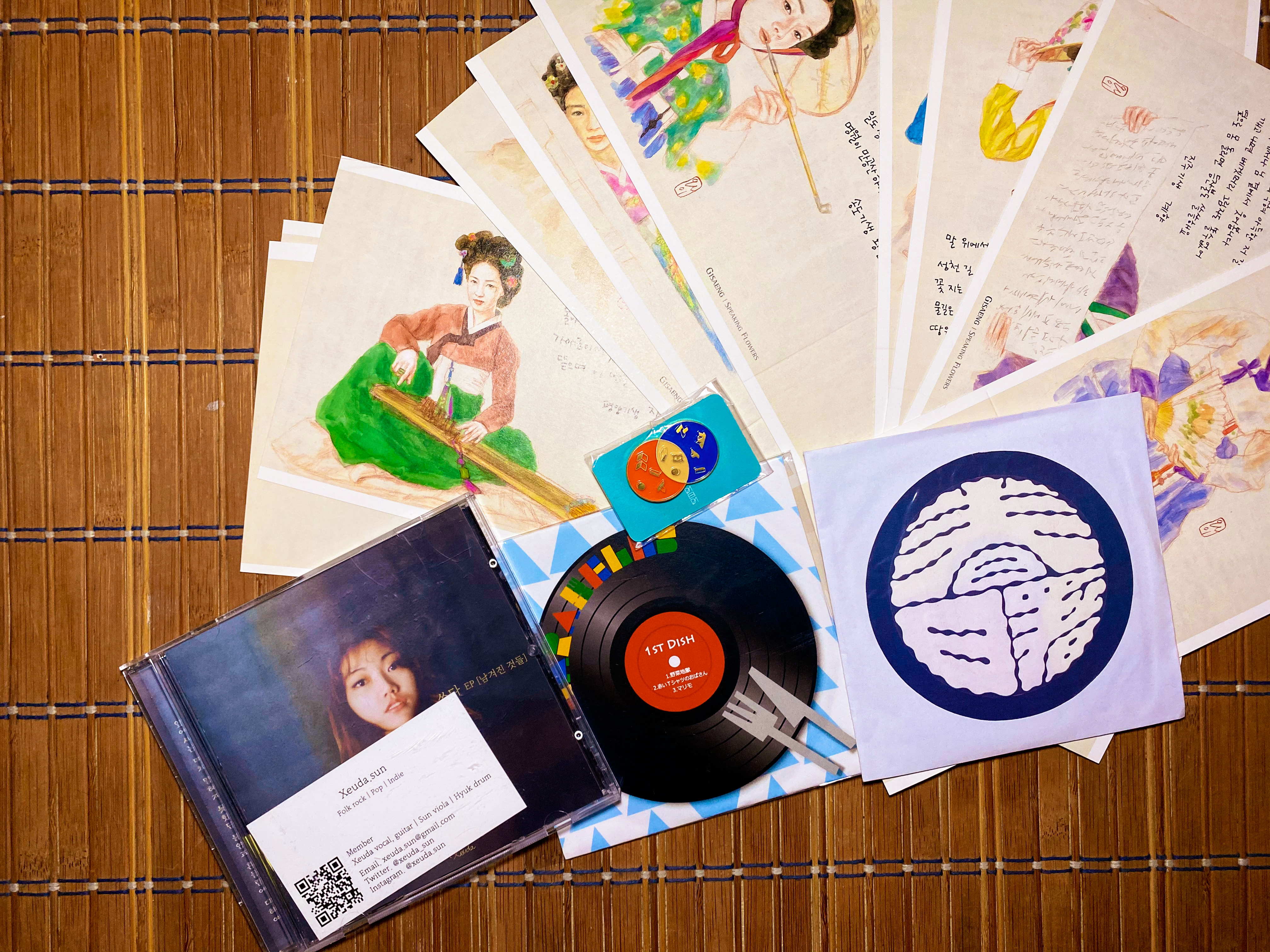
According to them, South Korea’s independent music scene is concentrated in Hongdae, where the majority of the live music venues are located and are mostly underground dive bars. Unlike in the Philippines, where bars are usually right by the streets or roadsides, Zandari’s pocket venues are in the basement due to steep rental costs and laws or ordinances that prohibit loud noises during late hours. Dabda’s Joseph Lee shared that Korean indie bands not only experience challenges in establishing themselves with the local audience, but also face difficulties finding places to play, record, and work professionally in music. Over the last few years, Hongdae district has been increasingly gentrified, pushing small businesses, including live music venues, out in favor of richer, highly commercialized new tenants.
This is why showcase festivals like Zandari Festa are integral not only in the promotion of South Korean music and culture, but also in preserving an ecosystem that sustains that very culture. It is essential to its organizers that music is not just commodified, but also valued as a social and cultural currency via the contributions of its music communities.
STRANGE FRUIT, A LIVE MUSIC VENUE IN SEOUL (PHOTO BY MC GALANG)
To know more about Zandari Festa, I reached out to Cecilia Soojeong Yi (이수정), whom I’ve first met at LUCFest 2018 and moderated our panel at Zandari, to share the festival’s work and their plans for 2020.
The interview has been edited for clarity.
What is your official role at Zandari?
Cecilia: I’m the general manager, which means I oversee the whole event along with the executive director, Dalse [Yoonyoung Kong 공윤영, Zandari Festival founder and executive director]. However, my work specifically gives more importance to programs, and network including delegations, which I take care of in detail.
How do you think Zandari has evolved since it began in 2012? Do you think South Koreans now have a better understanding of showcase festivals or is there a lot more work to be done to get there?
I started to work at Zandari Festa in 2016. Before that, I only heard about the festival but never participated. As far as I know, it started with two roles: re-energizing the local scene and connecting international opportunities. The original spirit has not been changed (I hope), but the festival has became more organized and now has more support locally and globally than at any other time. I think since last year, audiences finally realized how to enjoy a “showcase” festival where they could discover new musicians. It means we still feel like we’re new and young as a festival, and there are so many things to be done to be better. Every year, at the last day of Zandari Festa, I remember there are things we could not do for some reason. Ironically, that’s one of the biggest motivations for us to organize the next edition: a better one than this year.
What are the key qualities you look for in accepting musicians for the showcase? Especially as I am hoping that we can have more musicians from the Philippines apply this year.
Well, live performance for sure, but at the same time, it would be better if you (or your manager) understand how the music industry works in a real market. You can produce your music DIY and achieve good quality. The thing is, it’s also your role to promote your music early on, especially in these days’ music industry. Take care of your social media, engage with your fans, do gigs regularly. When we check applications, live performance is the most important, but also we try to read between the lines, trying to find out if the applicants have and conduct themselves with a professional attitude and how much they’re ready to step up to the international market.
How important is it for Zandari Festa as the premier showcase and conference festival in South Korea to also put the emphasis on conferences, in getting delegates from around the world to participate?
Zandari Festa doesn’t have the role of exporting Korean music. It could be a part of what we do, but most importantly, we want this to be an open platform for all musicians who come to Zandari Festa. So, for us, getting international delegates is essential in order to give equal opportunities to every artist at Zandari. Make bridges regardless of direction, that’s what we are aiming for. Although conferences might be different. It has to have a role of providing information and insights to local artists and people in the Korean music industry. The local market works quite differently than other countries, so we try to widen the knowledge and share what’s going on in the world with the locals.
What can we expect in Zandari Festa 2020 and in your opinion, how does the COVID-19 pandemic inform your decisions this year?
I repeat this quite a lot these days: We cannot predict the future. But we work with a positive mindset, hoping the pandemic situation dies down soon. It’s still early to know if COVID-19 condition affects our plan, I think. On the other hand, we always think of something new and good for all to come to Zandari Festa. So, if you expect good music, beers, and new friends at Zandari Festa , well, you can expect something extra as well. No matter what it could be.
Check out photos from Zandari Festa 2019, courtesy of the festival.
Stream the 2020 showcase for FREE here from October 23 to 25, featuring 50 hours of nonstop performances from more than 40 Korean and international music acts, including the Philippines’ Ysanygo.
